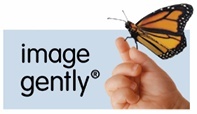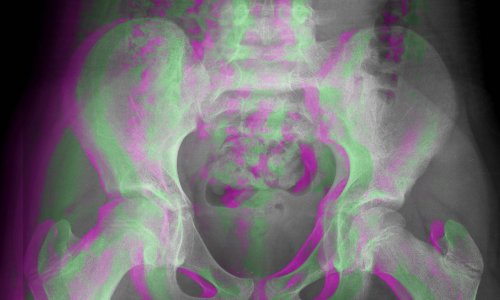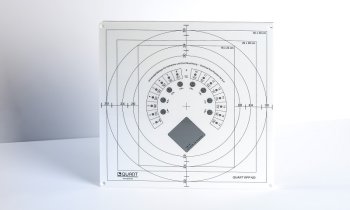A time to celebrate greater child protection
The words ‘Image Gently’ are synonymous with protecting children from unnecessary or excessive exposure to X-rays.

A grass-roots campaign started by a handful of US paediatric radiologists and medical physicists who were deeply concerned about the radiation doses paediatric patients were receiving from CT scans has become a highly effective, on-going worldwide message and movement to make diagnostic imaging safer for children.
The Alliance for Radiation Safety in Paediatric Imaging consists of over 80 member societies representing more than 800,000 medical imaging professionals. On 1st January 2014, 28,298 medical professionals had taken the Image Gently pledge to ‘child size’ radiation doses, keep radiation dose levels as low as reasonably achievable (ALARA) to obtain a diagnostic quality image, and to substitute non-ionising exams, such as ultrasound and MRI, whenever possible.
The Image Gently campaign promotes radiation protection for children through an all-volunteer social marketing campaign that just keeps gathering momentum, according to the Alliance’s chairperson, Dr Marilyn Goske, a paediatric radiologist at the Cincinnati Children’s Hospital Medical Centre in Ohio, USA. Dr Goske attributes Image Gently’s success to global agreement by medical professionals, allied health groups, regulatory and advisory organisations, government agencies and medical device manufacturers because this is the right thing to do. Its messages are also directed to parents, whom it works hard to educate. Its authoritative website (www.imagegently.org) is a steadily expanding resource for medical professionals and parents alike.
Since its inception, the Alliance has sponsored awareness campaigns in CT, nuclear medicine, diagnostic fluoroscopy, interventional radiology and, most recently, digital radiography. ‘Young radiographers don’t think about over-exposure, and dose creep has been a concern ever since the introduction of computed radiography in the early 1990’s,’ Dr Goske pointed out. Like all of the campaigns, the ‘Back to Basics’ campaign includes quality improvement tools and a 10-step approach to performing digital radiography, which emphasises that the body thickness of a child, not age, height or weight, should determine radiation dose.
The European Society of Paediatric Radiology has been very active in promoting harmonisation of radiation does guidelines, especially for the fluoroscopy, interventional radiology, and nuclear medicine campaign. Efforts are underway to translate educational materials into each of the world’s major languages.
Safer and better imaging for children needing radiology exams is also a factor of training. This gained a big boost with the establishment in May 2011of the World Federation of Paediatric Imaging (WFPI), created to coordinate the work of paediatric radiology societies throughout the world and create a strong unified voice on the global practice of child imaging. The Federation’s founding members included the regional societies of Europe, North America, Central and South America, and Asia/Oceana. Formed shortly thereafter, an African society soon joined WFPI, as did several societies representing individual countries.
WFPI’s founding president and chair, Dr Ines Boechat – head of paediatric imaging at UCLA Mattel Children’s Hospital and professor of radiology and paediatrics at the University of California-Los Angeles David Geffen School of Medicine – pointed out that the organisation’s primary objective is to reduce global health inequalities and promote safe and appropriate child imaging. ‘The group has been focusing on providing education, training, and partnership across national boundaries,’ she said, adding that there is tremendous diversity in the levels of training and expertise even among European countries, not to mention the world. WFPI aims to establish, through member consensus, standards for imaging paediatric patients and to define standards of training in paediatric imaging, which could create more uniform standards of care across national borders.
From the beginning, WFPI has worked on multiple fronts to promote its cause, including efforts to offer education to paediatric radiologists. It has provided on-site training in Ethiopia, Haiti, Malawi, Mozambique, and South Africa, and works closely with the World Health Organisation and Médecins Sans Frontières by providing volunteer teleradiology interpretation services.
Because the world is connected via the internet, WFPI provides online education. The European Society of Radiology contributed financially towards a new website www.wfpiweb.org, which now supports streaming training videos. The website also links directly to Image Gently, and the two organisations work very closely together on issues relating to radiation protection and child safety.
08.03.2014











